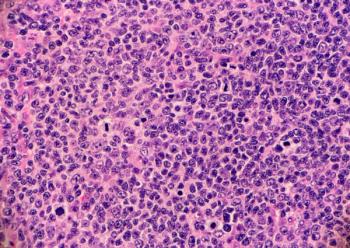
BioClinica eClinical Suite Chosen by Top BioTech Firm
BioClinica’s Trident IWR and EDC systems were selected based on BioClinica’s advanced technology portfolio, experience with large global trials; and cardiology expertise. BioClinica was able to build and deploy the study within 4 weeks.
“We are pleased that Amarin’s clinical development team selected an integrated solution from BioClinica that will seamlessly share essential clinical data while streamlining their clinical data and site management processes,” said Peter Benton, BioClinica’s President of eClinical Solutions. "In the last two quarters we have seen sponsors and CROs significantly increase their interest and investment in solutions that are not only “best-in-class” but also reduce the cost and hassle of unifying their clinical data to both manage their trials as well as readying their data for analysis.”
Newsletter
Stay current in clinical research with Applied Clinical Trials, providing expert insights, regulatory updates, and practical strategies for successful clinical trial design and execution.




